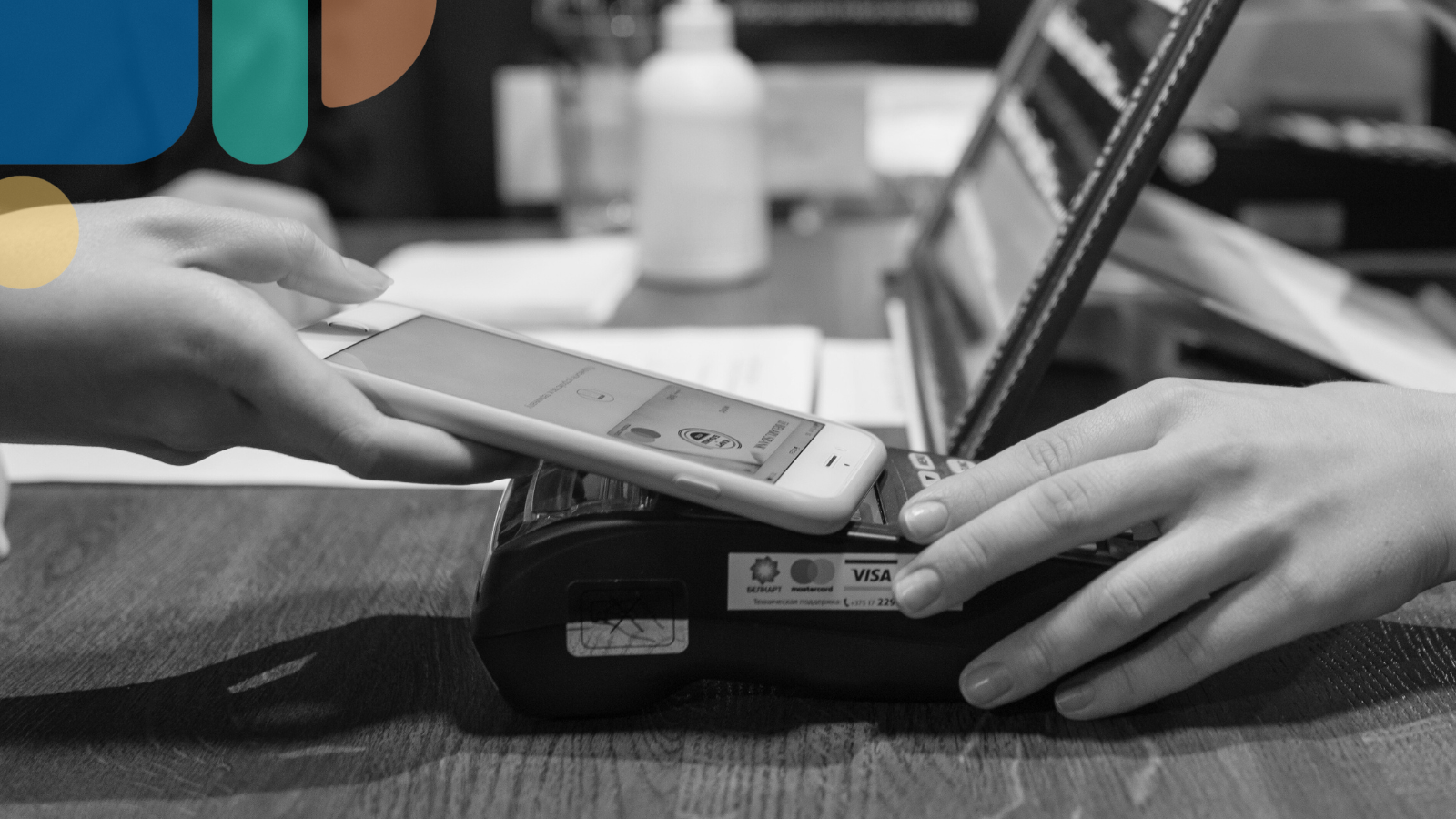
WARNING - If you answer "yes" to any of the following questions your online payments stack could work against your long-term success: Offering limited currency options? Tokenizing with a single payment gateway? Requesting card info at each transaction? Have a single transaction channel?
If any of these scenarios are true you likely have all your "payment eggs in one basket." Please seek help immediately.

1. Limiting the Currency You Accept?
Maybe you only need to accept USD today. Or, maybe you only need to accept MXN or EUR. What you really ought to consider is
the funds will settle. Ask yourself: is this a one-currency situation for the long-haul?
In addition to presenting pricing to your customer in their local currency, consider setting up end-to-end settlement with local payment processors to minimize your conversion fees. Allow me to point you toward this post on
.
Multi currency Processing is what we're talking about here. The best ways to achieve this while minimizing the markup you encounter is by 1) finding a gateway that accepts the currencies you want to process, 2) finding a payment gateway that onboards merchants in the countries that interest you (which is a signal that they have local processors) and 3) hooking up with multiple necessary payment processors so you have end-to-end currency settlement.
2. Tokenizing With a Single Payment Gateway?
Sure, for some this might make perfect sense. But even when you're trying to control costs, it's age-old knowledge that we don't want to put all of our eggs in one basket! (Dare I reflect on an
from a couple months back . . .) Whether it's a cloud service, an app tool, or your gateway, having a bit of diversity in your online payments stack is always a safer bet.
Most payment gateways allow you to vault and tokenize with them for free. But as we know, nothing in life is "free". Make a decision that could save you and your merchants/clients down the line . . . grab another basket! Try implementing an alternate, or
for when your primary payment gateway goes down. Use universal tokens so that you aren't stuck only able to route your payment methods in one direction.
3. Requesting Customer Card Info for Every Purchase on Your Site?
What's happening here is your organization has decided to put up a razor-toothed barbed-wire barrier around your checkout button. If you've got high volume transactions and at least quarterly repeat buyers, the goal is to make the transaction EASY, EFFORTLESS and FAST. (see post on
).
The best way to get around this is to vault and tokenize the payment method. However, we're not talking a single-vault scenario. Think bigger. Get universal!
. (If you understood that sentence, you are worthy).
4. Payment Platforms: Are you forcing Your Merchants to Conform to a Single Payment Gateway of Your Choosing?
Well, you‚Äôve failed to consider what happens when your merchants or clients outgrow the gateway you‚Äôve selected. Or, say they need different functionalities and flexibilities that your chosen payment gateway doesn't provide‚ flashback to the second entry to this post and maybe
Or, if they already have a preferred payment provider, forcing them to use another creates a barrier to closing that sale.
It might sound good to make your clients put ‚"all their eggs in one basket" (so they rely on you), but when you limit their gateway options you are forcing them to put all their eggs in the wrong basket‚ and it belongs to the payment gateway, not you. Give your clients and online merchants a variety of gateway options and geographies to choose from so that when they grow, they do it with YOU.
5. Single-Channel Transactions?
POS only? Web only? iOS only? Android Only? Are you using a single channel for taking payments? Today, all are effective means of collecting online payments and completing transactions. However, a combination of these methods is most powerful.
I love
from EuroITGroup, particularly the statistic that "85% of online purchases start on one device and finish on another." Clients, merchants, consumers, everyone is on the move. The most convenient payments are those that don't restrict movement and accommodate consumer change of physical environment.
How Did You Do?
Did you pass with all Nos or did you answer any of the above yes? If you answered yes to any of these questions you probably aren't optimizing your online payments capacity. This means you're at risk for losing all of your eggs when the basket drops. Organizations come to us daily with issues stemming from payments homogeny. Adding a little diversification to your payments stack is more than a safety measure to prevent losses: it's a sure-fire way to bolster your returns. Do yourself and your customers a favor and grab some insurance with the tips provided here, or
Download the Payments Orchestration eBook Below




